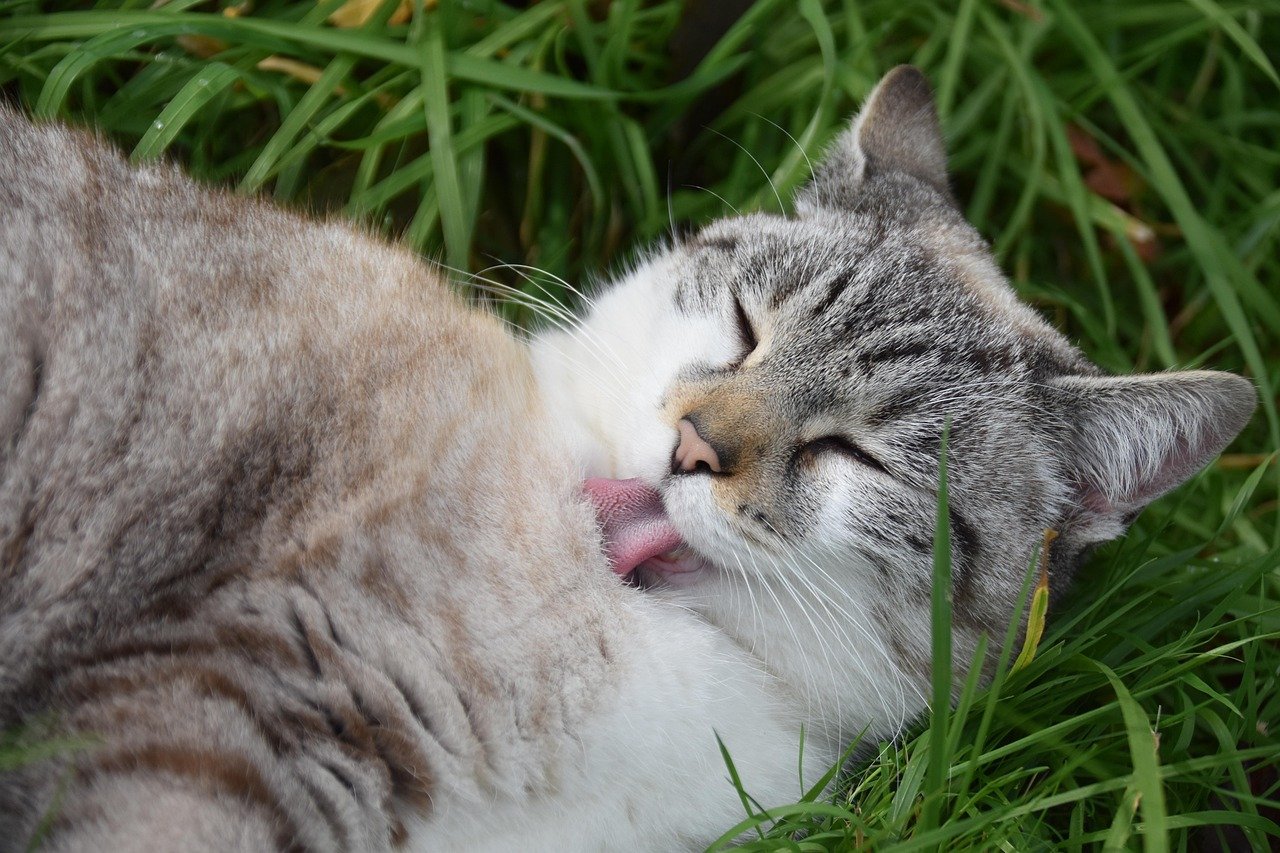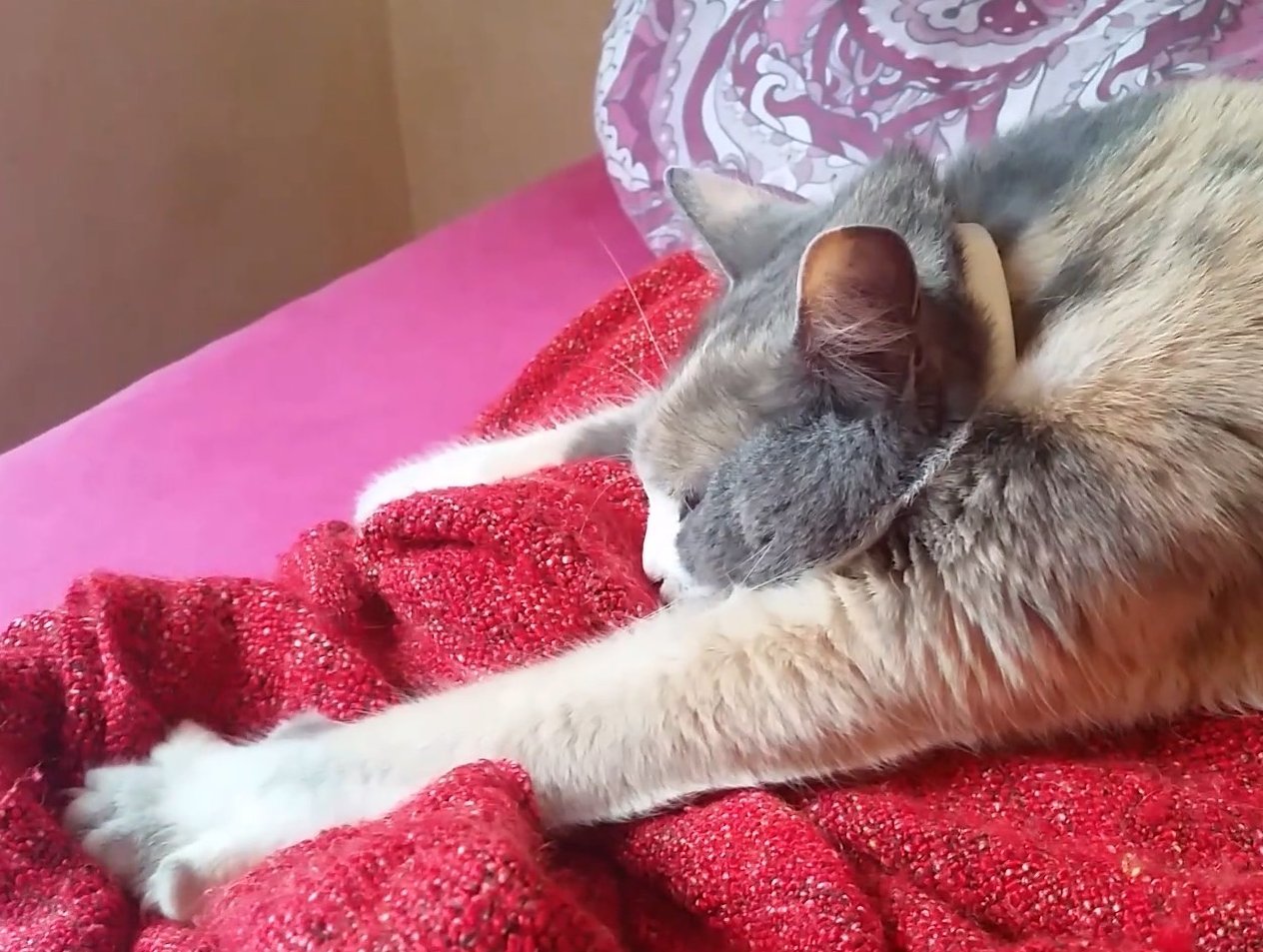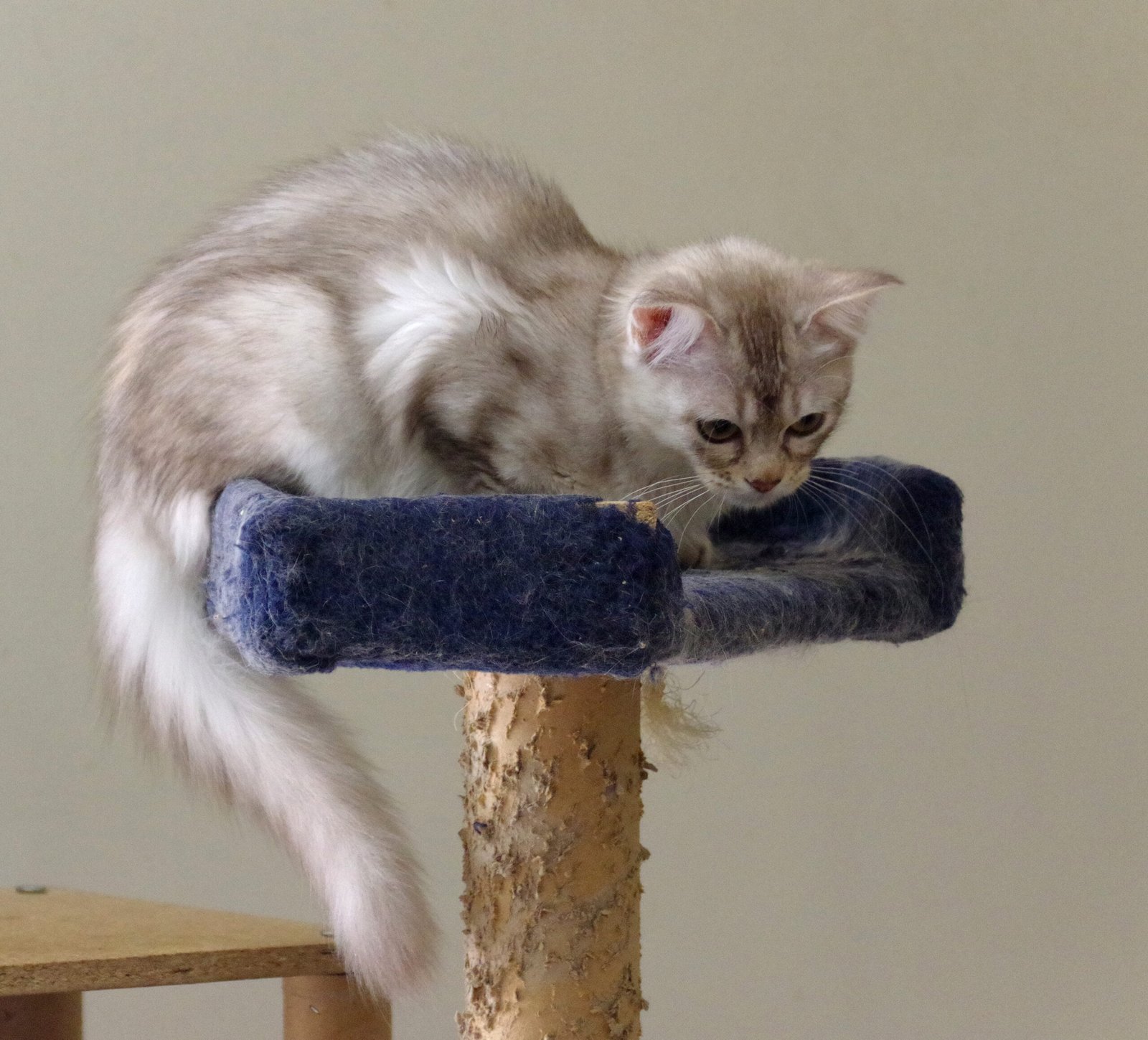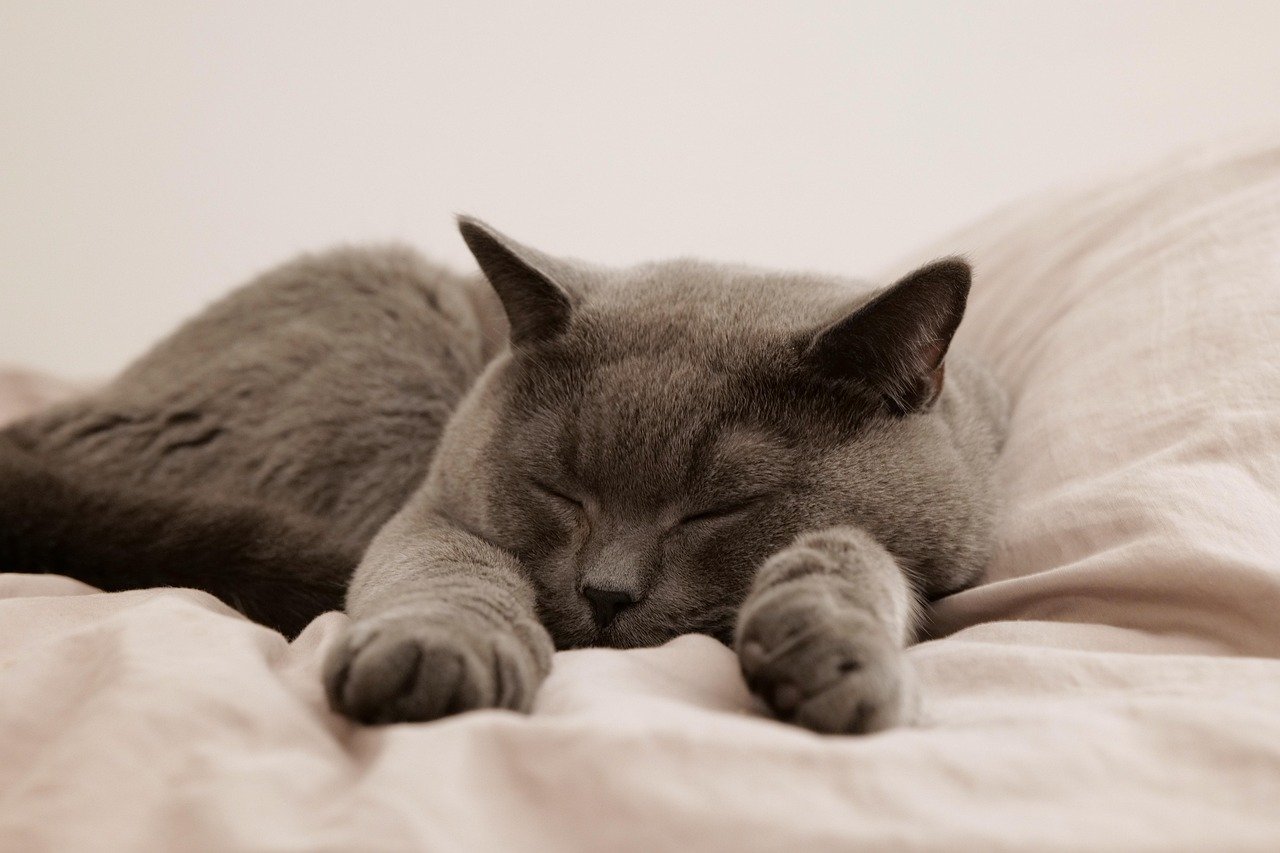Have you ever watched your cat disappear under the bed during a thunderstorm or found them curled up in the tiniest corner after a loud noise? The truth is, our feline friends are more sensitive than we often realize. When stress or fear strikes, cats have their own unique ways of seeking comfort—some adorable, some surprising, and all deeply instinctive. If you’re a cat lover, recognizing these subtle signals can help you understand and support your beloved companion during their toughest moments.
Hiding in Small, Enclosed Spaces
One of the most classic cat behaviors when facing stress is to seek out small, hidden spots. Whether it’s under the bed, behind the couch, or inside a cardboard box, these cozy nooks offer a sense of security and safety. Enclosed spaces help muffle scary sounds and limit visual stimuli, making cats feel protected from threats. This instinct harks back to their wild ancestors, who would hide to avoid predators. If your cat vanishes during fireworks or when guests arrive, it’s their way of building a personal fortress against the world. Letting them have access to these hideaways is a simple way to respect their need for comfort.
Self-Grooming for Reassurance

Grooming isn’t just about cleanliness for cats—it’s also a powerful self-soothing tool. When anxious, many cats will lick their fur repeatedly, sometimes focusing on the same spot. The repetitive motion and familiar sensation help calm their nerves, similar to how humans might fidget or bite their nails when tense. While normal grooming is healthy, excessive licking can sometimes signal high levels of stress. Keep an eye on your cat’s habits; gentle grooming is their way of saying, “I’m trying to cope.”
Seeking Out Their Favorite Human
Despite their reputation for independence, cats often turn to their trusted humans for comfort during fearful moments. They might hop onto your lap, follow you from room to room, or gently nudge your hand for pets. The warmth and scent of a familiar person can be incredibly soothing for a stressed cat. Just like a child clutching a parent’s hand during a scary movie, your presence alone can make all the difference. If your cat becomes extra clingy during storms or loud events, consider it a sign of trust and a plea for reassurance.
Purring as a Self-Soothing Mechanism
Purring isn’t just a sign of happiness—many cats also purr when they’re nervous or in pain. The gentle vibration of purring is believed to have a calming effect on their bodies, releasing endorphins that ease anxiety. It’s as if your cat is singing themselves a lullaby during stressful times. If your cat is purring in a situation where they’re usually anxious, it’s their subtle way of seeking internal comfort. Pay attention to their body language; slow blinks and relaxed ears usually mean contentment, while tense muscles might indicate the purr is for self-soothing.
Kneading Soft Surfaces

When cats press their paws rhythmically into blankets, pillows, or even your lap, it’s called kneading. This adorable behavior often starts in kittenhood, when nursing kittens knead their mother for milk. As adults, cats continue to knead when they’re seeking comfort or feeling vulnerable. The motion is deeply calming and often accompanied by purring. If your cat starts kneading furiously after a stressful event, they’re tapping into one of their earliest sources of security. Providing soft blankets or plush beds can encourage this comforting ritual.
Retreating to Elevated Spaces

High perches, like the top of a cat tree or the back of a bookshelf, are favorite retreats for anxious cats. Being up high allows them to observe their surroundings from a safe vantage point, away from perceived dangers. In the wild, elevation means safety; it’s harder for predators to reach you. At home, your cat may seek out these lofty spots when overwhelmed by noise or unfamiliar people. Creating accessible climbing spaces or window perches can give your cat a reliable escape route whenever they feel unsettled.
Reducing Activity and Freezing in Place
Sometimes, a stressed or scared cat will simply freeze, remaining motionless for extended periods. This “statue” behavior is an instinctive response to threats—it’s the feline version of “playing dead.” By minimizing movement, cats hope to avoid attracting attention. You might notice your cat sitting perfectly still with wide eyes and twitching ears after a sudden scare. Though it looks odd, this is a deeply ingrained survival tactic. It’s important to give your cat space and time to calm down before encouraging interaction.
Vocalizing: Meowing, Yowling, or Growling
Vocalization is another common way cats express distress and seek comfort. Some cats will meow plaintively, while others might yowl, hiss, or growl when scared. These sounds are pleas for help, requests for reassurance, or warnings to anything that threatens them. Each cat has a unique “voice,” and attentive owners can often distinguish between their normal chatter and anxious cries. Responding calmly and offering gentle comfort can help ease their fears, letting them know you’re listening and nearby.
Seeking Out Warmth and Cozy Spots

Warmth is a natural comfort for cats, especially when they feel insecure. You’ll often find anxious cats burrowing under blankets, cuddling up to heaters, or snuggling close to warm electronics. The gentle heat mimics the feeling of cuddling with their mother and littermates, providing a sense of safety and tranquility. Offering heated beds or extra blankets during stressful times can be a simple way to help your cat feel safe and loved.
Using Familiar Scents and Objects
Cats have an incredibly powerful sense of smell, and comforting scents can help ground them when they’re feeling off-balance. Some cats will seek out their favorite toys, blankets, or even clothing that smells like their favorite person. Familiar objects act like emotional anchors, reminding your cat of safety and stability. If you notice your cat gravitating toward a specific item when anxious, consider leaving it accessible during stressful events like vet visits or houseguests.
When your cat is stressed or scared, their quiet ways of seeking comfort can speak volumes—if you know what to look for. Whether it’s hiding in their favorite spot or curling up close to you, these behaviors are their way of feeling safe. Understanding these little cues helps you be the calm in their chaos. With patience and a gentle approach, you’ll become their favorite source of comfort every time.

Born and bred in South Africa, a Capetonian at heart. Amy-Leigh’s love for nature and animals was inherited from her Dad. He loves taking the family on road trips to experience nature at its finest; Amy-Leigh’s favourite being whale watching in Hermanus and spotting Kudu along the West Coast. Amy-Leigh holds a BA in English Literature and Communication Studies.





